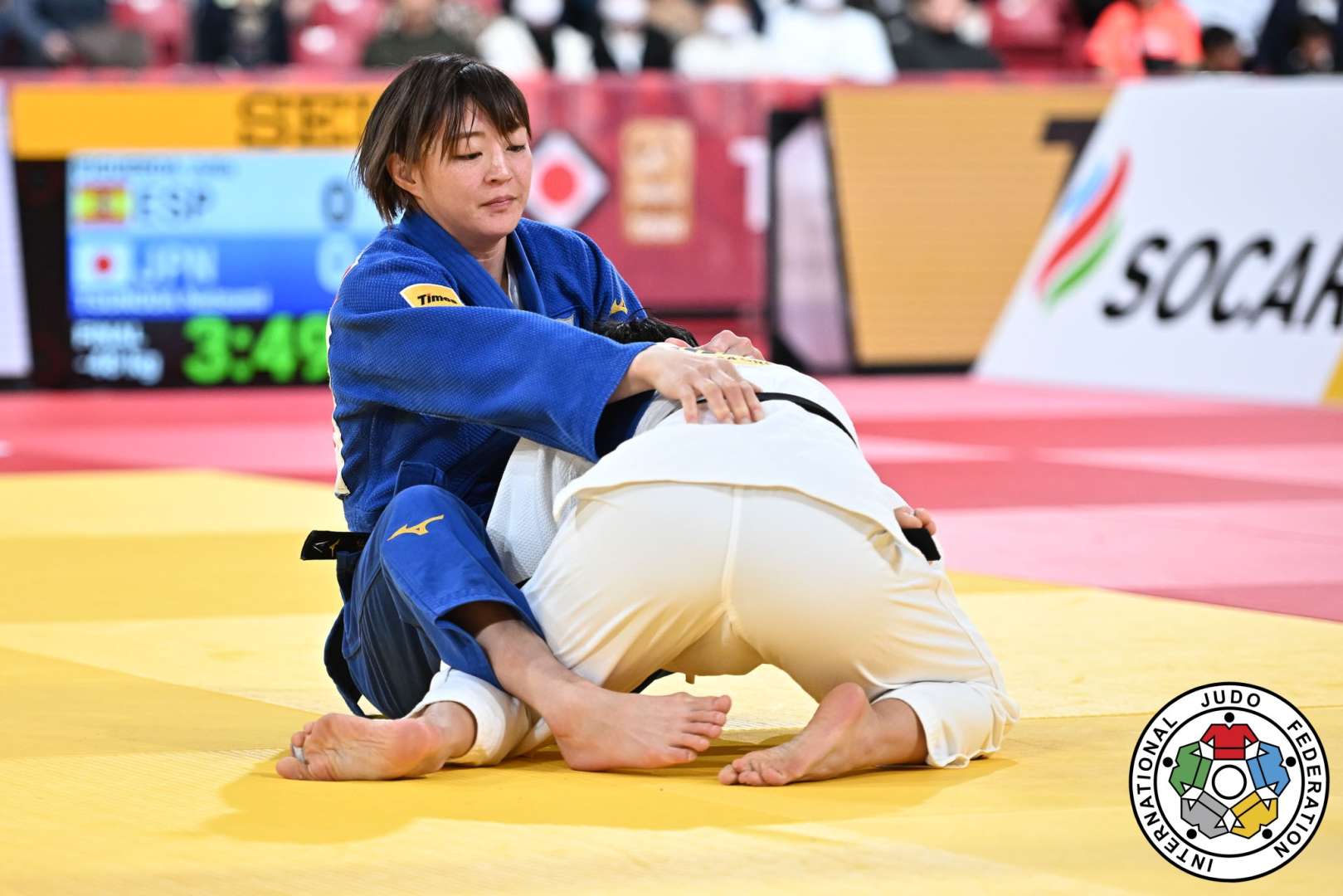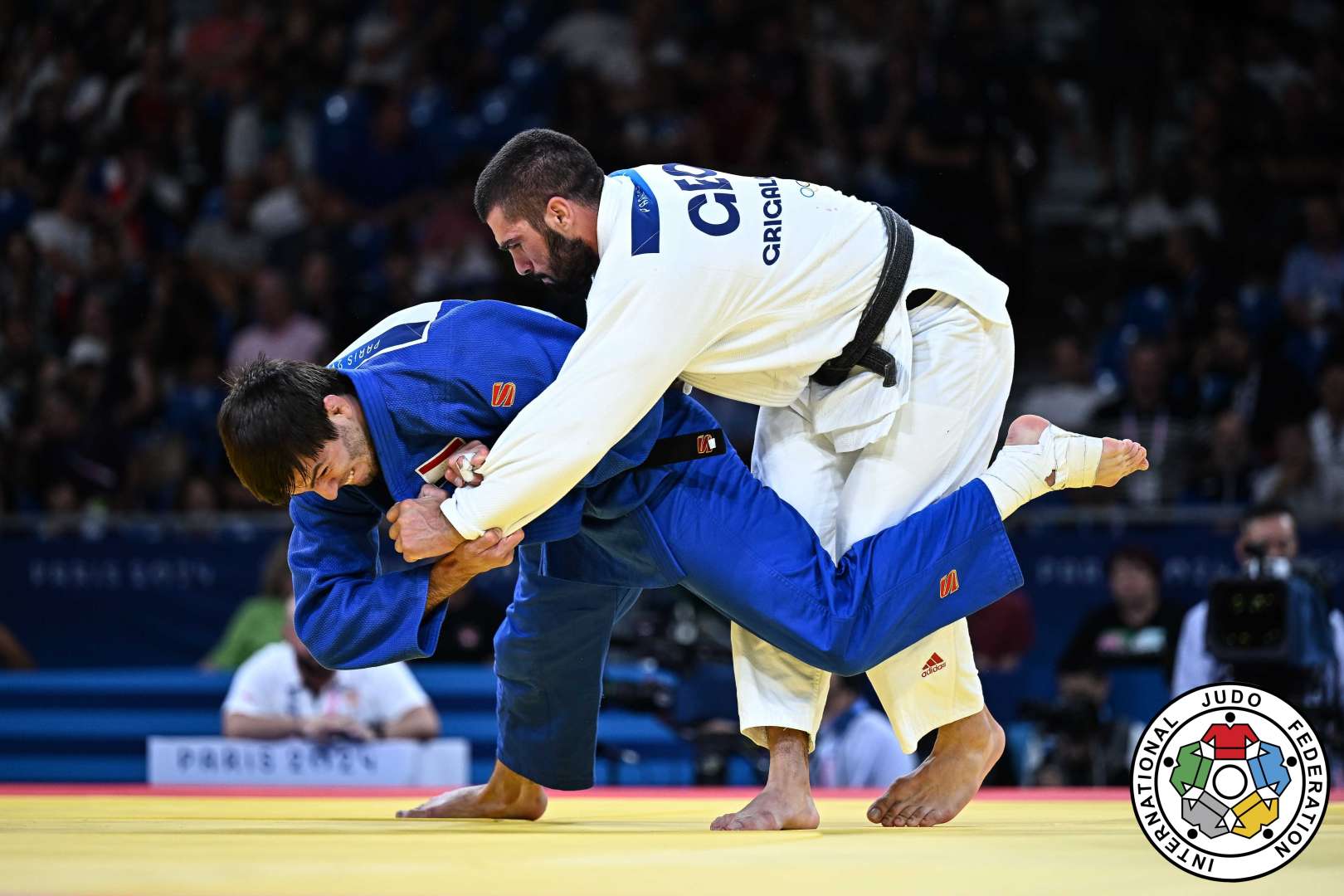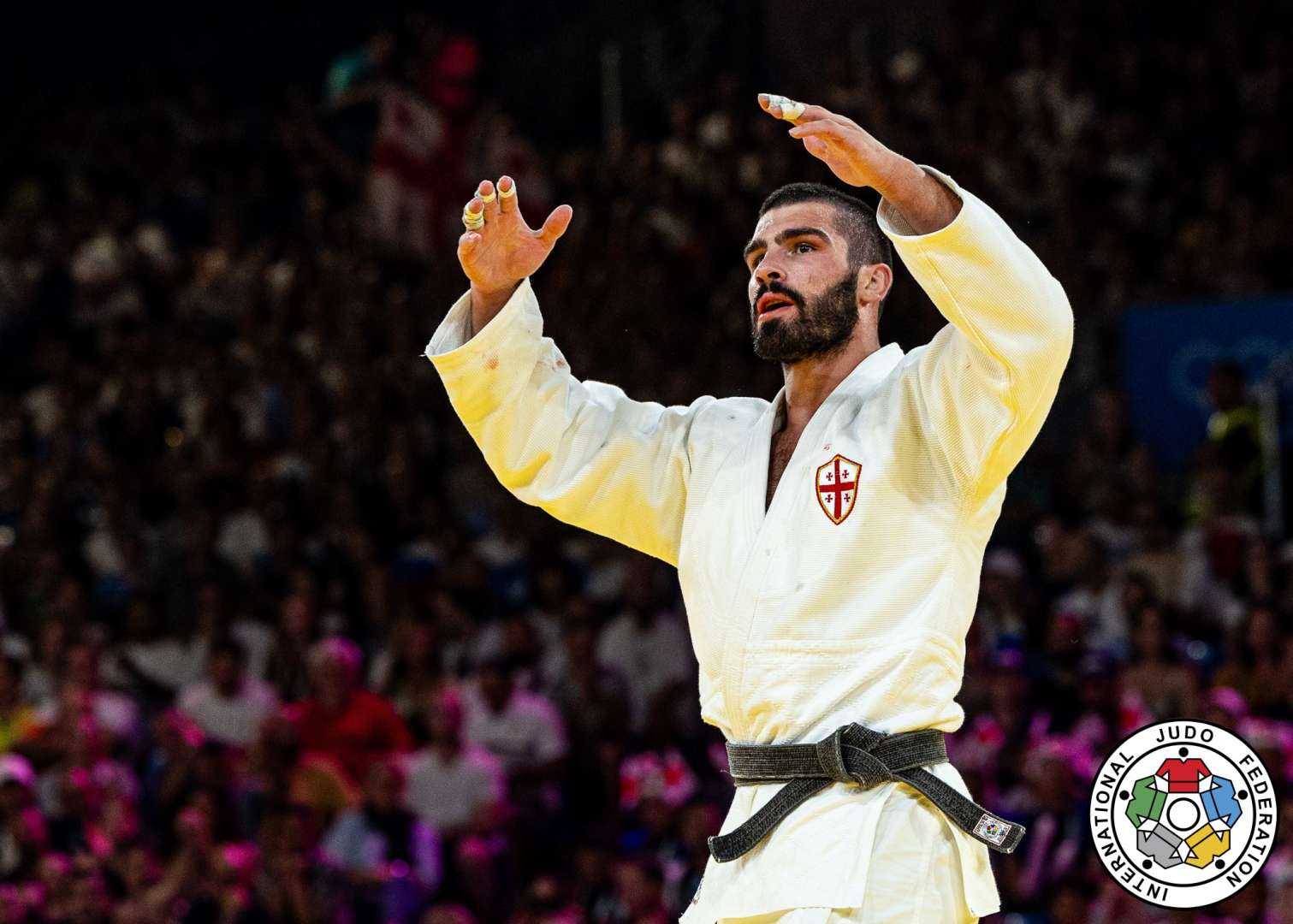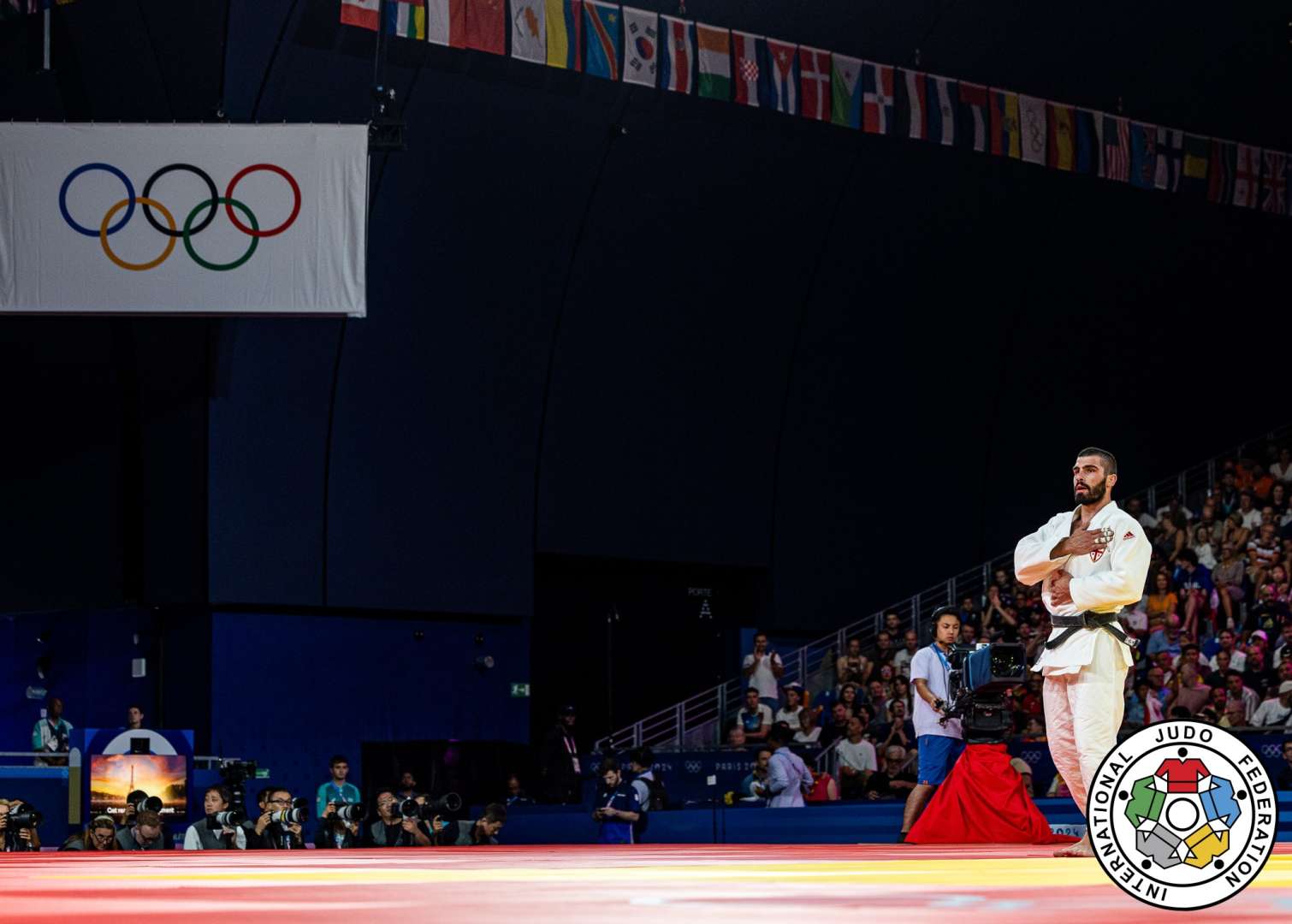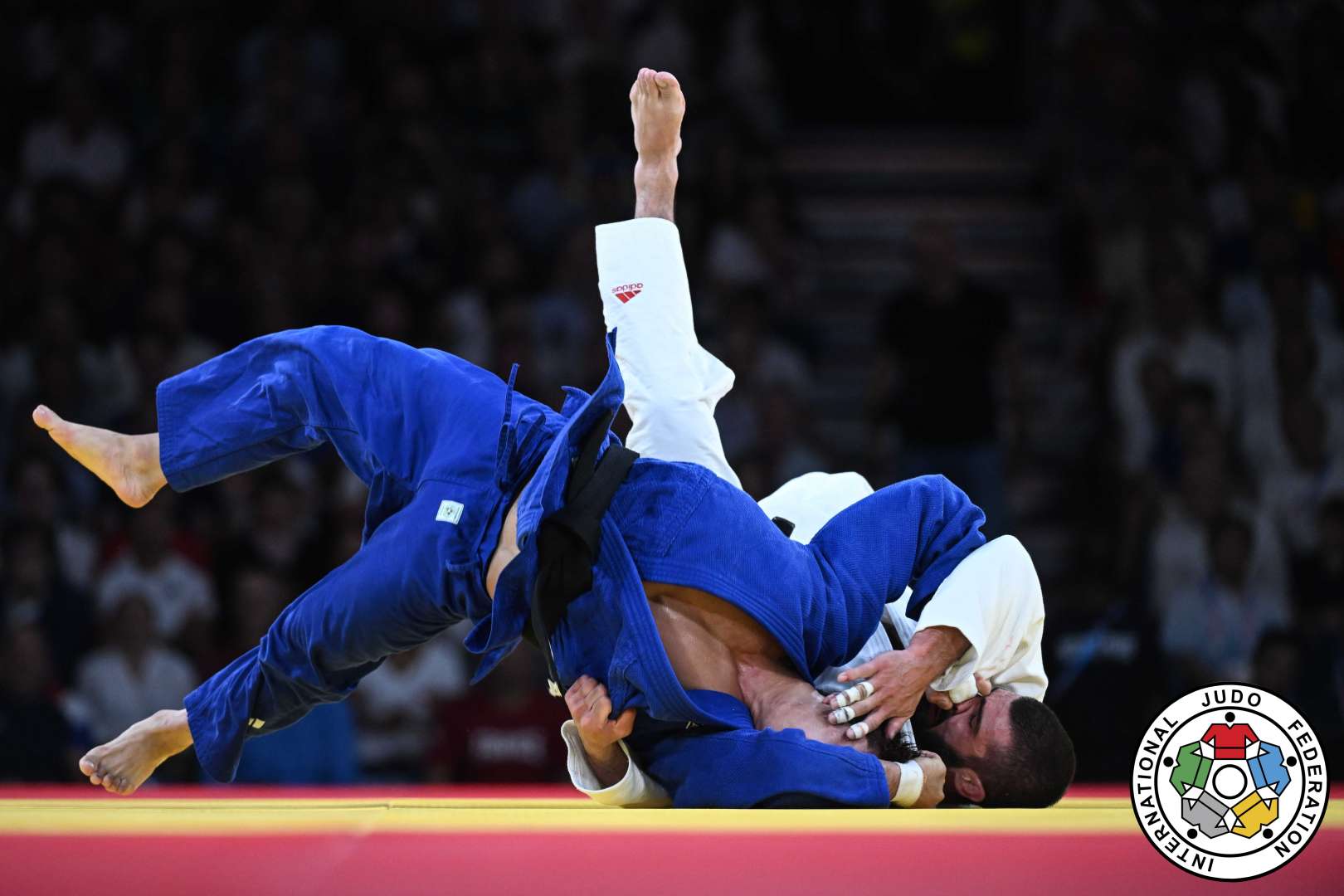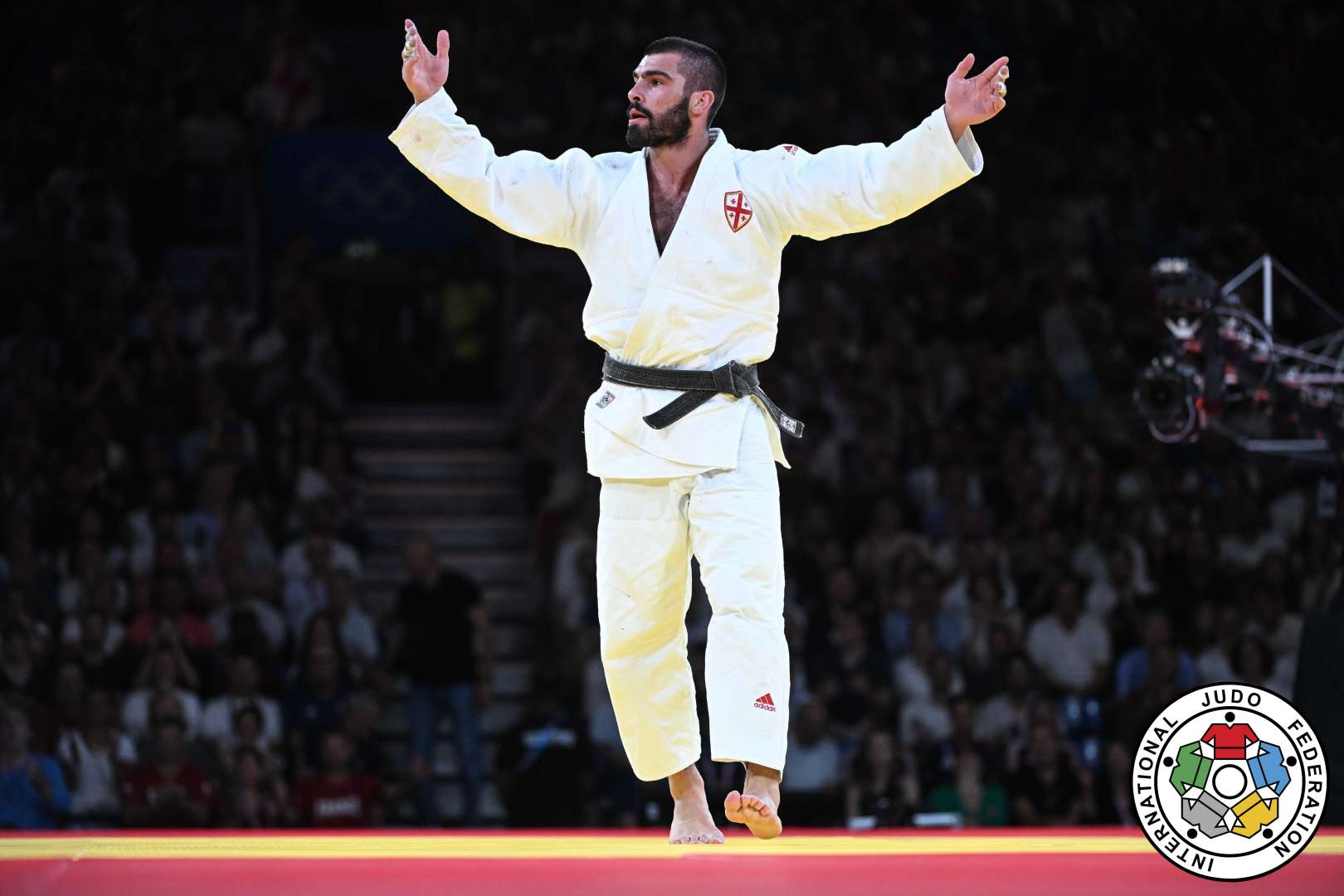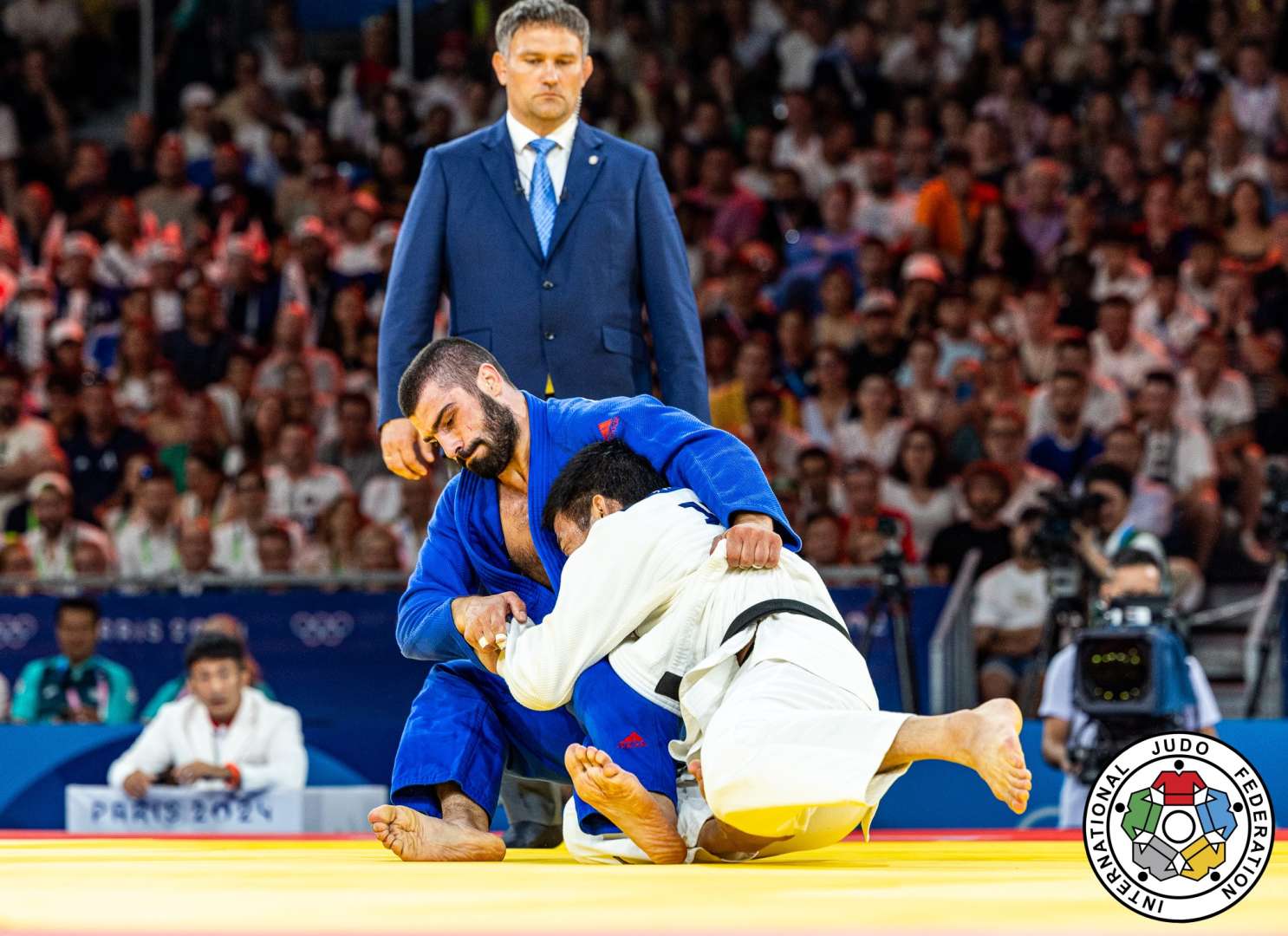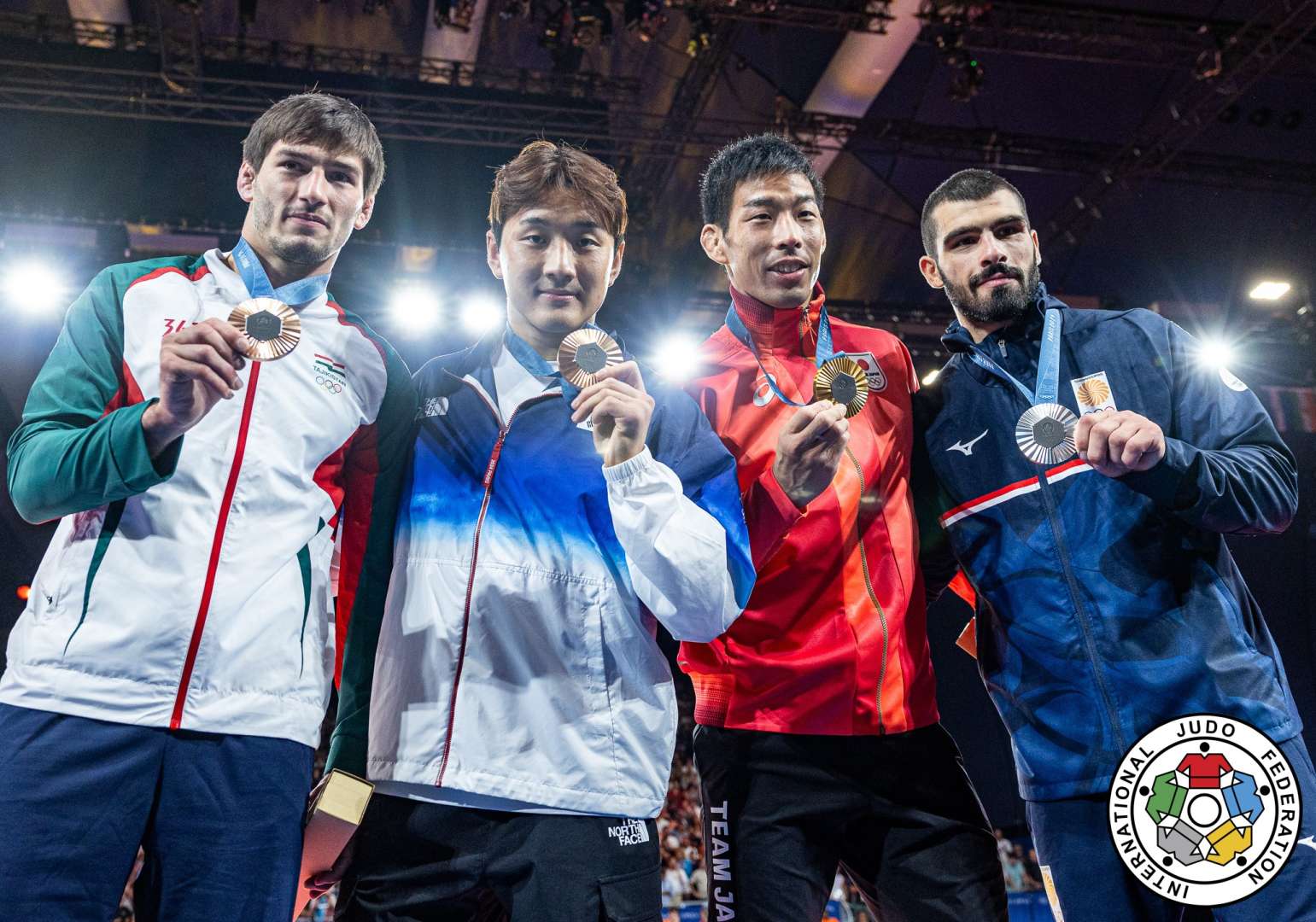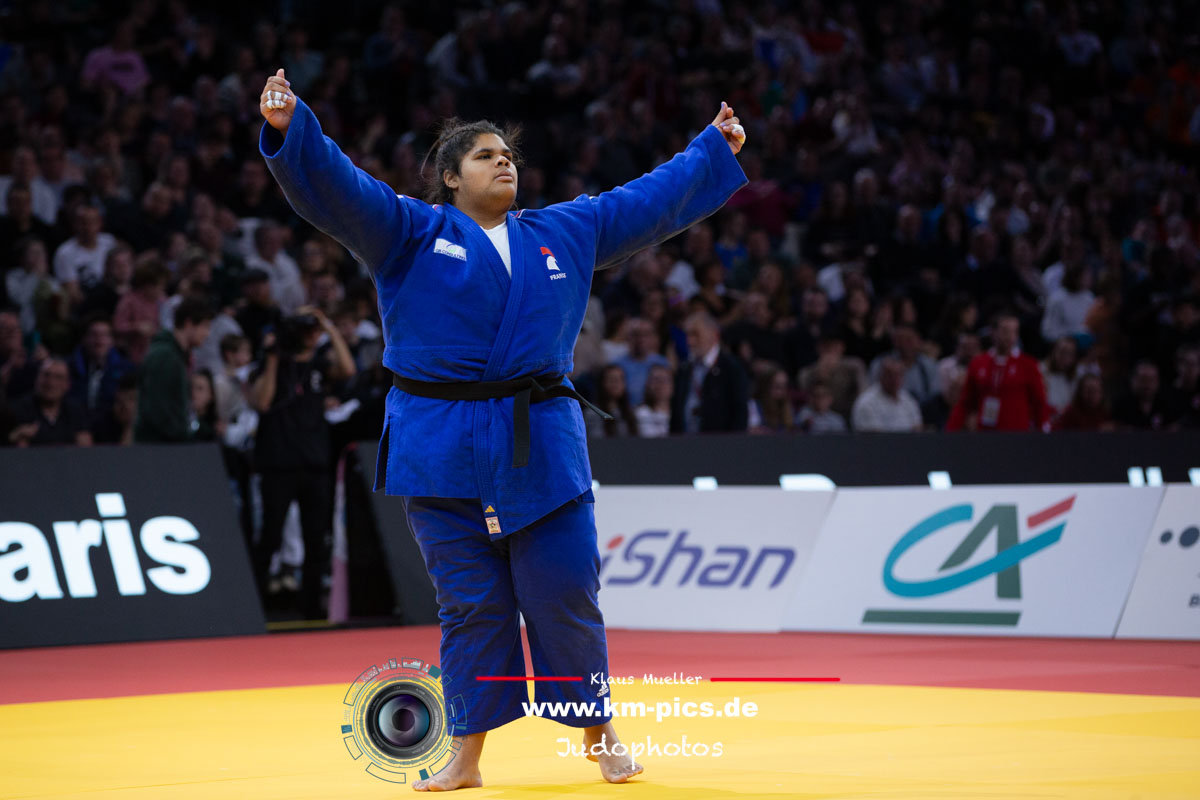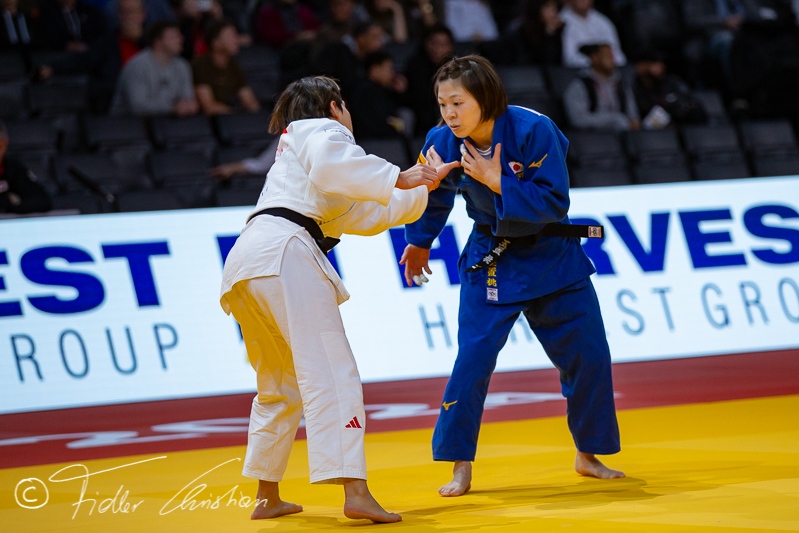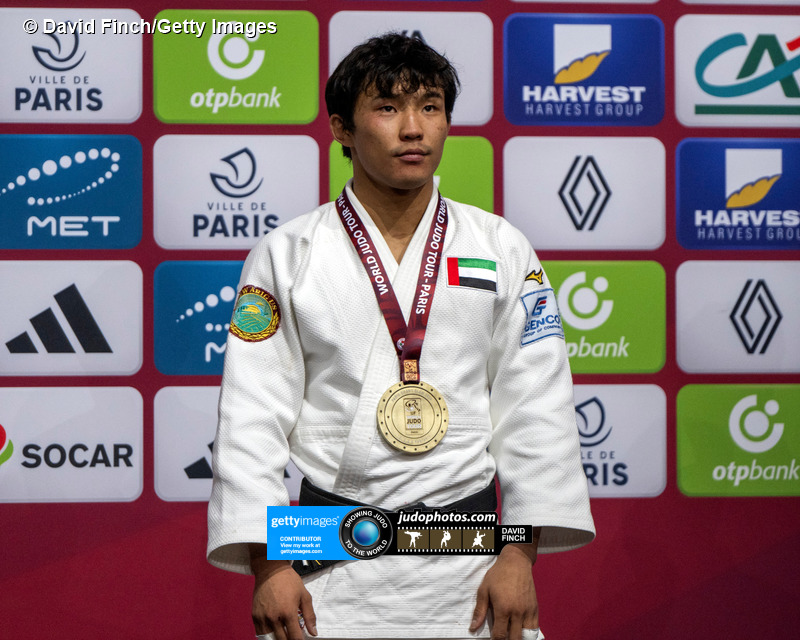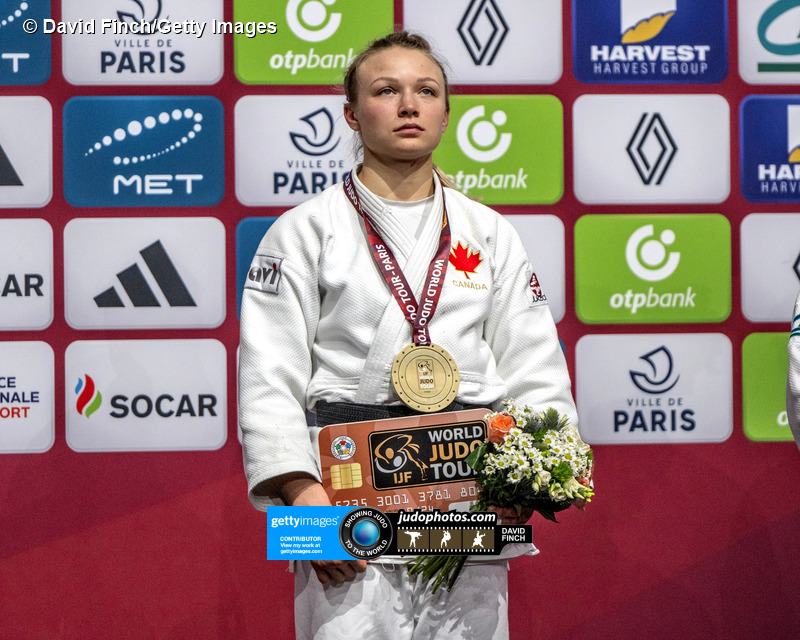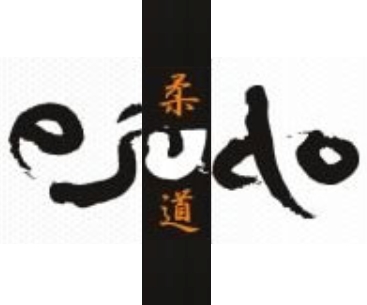5 Great Juji-Gatame Specialists

 25 Nov 2024 12:55
25 Nov 2024 12:55

 IJF Gabriela Sabau / International Judo Federation
IJF Gabriela Sabau / International Judo Federation
Below are five standout juji-gatame specialists, presented according to the era they competed in. Oon Yeoh of JudoCrazy selected these top five groundworkers.
The first highly notable juji-gatame specialist is Aleksander Yatskevich, a Latvian judoka who competed for the Soviet Union. In his career, he was Junior World Champion, three times European Champion and an Olympic bronze medalist.
Iatskevich was best known for his rolling juji-gatame. He certainly wasn’t the only player of his era to do this technique but he was the one who really popularized it. In fact, watching Iatskevich do his famous rolling juji-gatame was what inspired Neil Adams to come up with his own version of it.
The main difference between the Adams and Yatskevich versions has to do with the grips. Iatskevich would loop his right arm through uke’s left arm, and with his free (left) hand, he would take hold of one of uke’s leg to help pull uke over onto his back.
Adams would utilize a Figure-4 grip, which did not require him to grab uke’s leg to do the roll. The versatility of the Figure-4 grip meant that he could roll towards uke’s leg or towards uke’s head. This versatility was in full display at the 1981 World Championships when he armlocked Jiro Kase of Japan to win the -78kg gold medal. After attempting a drop ippon-seoi-nage to the left, Adams climbed on top of Kase and began rolling him. At first he rolled Kase towards his head but case managed to roll back onto his front. Adams then proceeded to roll Kase towards his legs and there was no stopping him this time.
Stephane Traineau of France would sometimes do the Iatskevich-style juji-gatame but he also had a variation of his own that he would use to great effect against top opponents. He used it at the 1989 World Championships against the two-time World Champion Hitoshi Sugai of Japan. And he used it to defeat Poland’s Pawel Nastula to win gold at the 1991 World Championships.
Not many Japanese judoka like to do juji-gatame. When it comes to newaza, many Japanese tend to do osaekomi (hold-downs) or shimewaza (strangles). But World and Olympic Champion Natsumi Tsunoda of Japan loves juji-gatame. Her approach to the armlock is very different from those of Iatskevich, Adams or Traineau, all of whom do some kind of rolling juji-gatame. Tsunoda prefers instead to do a transitional armlock, whereby she snaps on an armlock after doing an throw (usually tomoe-nage).
Another great transitional juji-gatame specialist is Diyora Keldiyorova of Uzbekistan. Whether it’s a failed drop seoi or a failed tomoe-nage, she will usually follow it up immediately with an armlock. It’s well-known she does this, as is the case with Tsunoda. But few of her opponents are able to stop it. That’s how good she is at this technique
 like
like
 share
share

| Result | City | Date |
|---|---|---|
| 2 | Paris | 2024 |
| 1 | Abu Dhabi | 2024 |
| 1 | Zagreb | 2024 |
| 3 | Belgrade | 2023 |
| 2 | Montpellier | 2023 |


